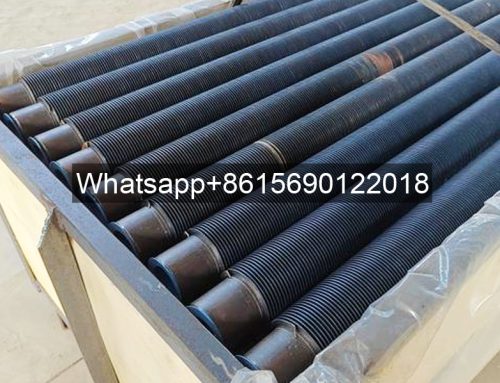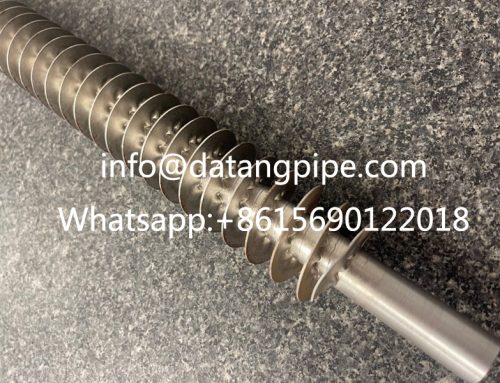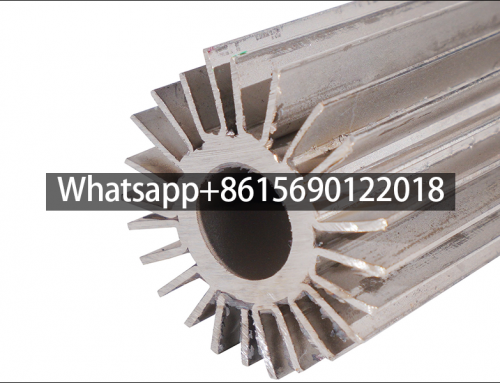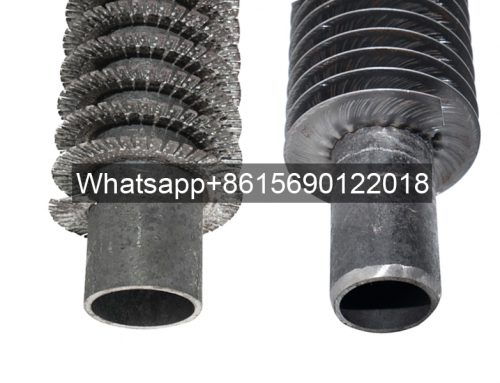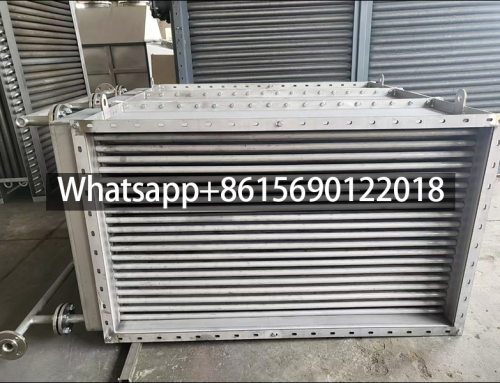What Does the Welding of Spiral Finned Tubes Include?
The welding of spiral finned tubes generally adopts high-frequency welding. What knowledge does it include? What can we learn from this knowledge? For those who want to learn about finned tubes, it is also a question to think about during the learning process. Below, let’s take a good look at it for reference only.

1. Welding principle
The high-frequency current is used as a heat source to heat the contact surface and the area to be welded, and at the same time, the upsetting force is applied to the outside of the finned tube to achieve solid phase welding of the contact surface.
2. Preparation before welding
(1) There should be no obvious pits on the surface of the tube material, and sandblasting should be performed to remove oil, rust and other dirt.
(2) The preparation of the upsetting wheel should ensure that its clamping of the steel strip in the circumferential direction is moderately tight and uniform, and the internal parts can rotate flexibly.
(3) The welding between the electrode body and the contact should be firm and reliable, cooling should be smooth, and there should be no leakage.
3. Welding parameters
Mainly include the tensile strength and welding rate of the welded joint. The indicators of these parameters must meet the national standards, such as Q/SH.MM.25-2000, etc.
4. Welding inspection
Appearance inspection: Perform appearance inspection after welding, and the inspection results should meet the standard requirements.
Welding rate inspection: Peel the fin tube 2 to 3 times, check once every 120 degrees, and divide the actual weld width by the nominal thickness of the steel strip to get the welding rate.
Metallographic inspection: From the joint surface, it is an incomplete normalized structure and the original normalized structure. Check for macro defects such as inclusions, unfused and cracks.

5. The connotation of high-frequency welding
High-frequency welding is a welding technology, which has two types: induction welding and contact resistance welding.
There are three welding systems:
Solid phase plastic pressure welding – heat the junction area of the edge of the tube to a plastic state of 1300℃-1350℃, and then squeeze the oxide film into the weld under the pressure of the extrusion roller. At the same time, the two edges are welded together by high temperature. The extrusion strength is required to be greater than 40-50MPa.
Semi-molten welding – heat the junction area of the edge of the tube to a semi-molten state, and squeeze the liquid film containing oxides into the weld by the extrusion roller, and complete the welding at the same time. The extrusion strength is generally 20-30MPa.
Fusion welding – heat the junction area of the edge of the tube to a molten state, and the welding temperature is above 1400℃. At this time, the molten metal is partially vaporized, and then through the extrusion of the extrusion roller, periodic spark splashing occurs in the entire liquid overlap area. Its extrusion strength is close to that of semi-molten welding.
For more information about finned tubes, finned tube heat exchangers, air coolers, and shell-and-tube heat exchangers, please continue to follow Cangzhou Datang Steel Pipe Co., Ltd


